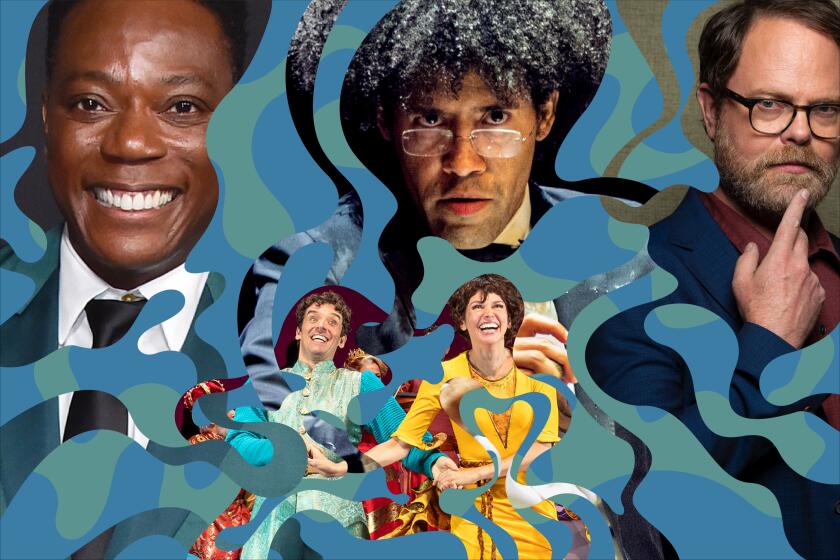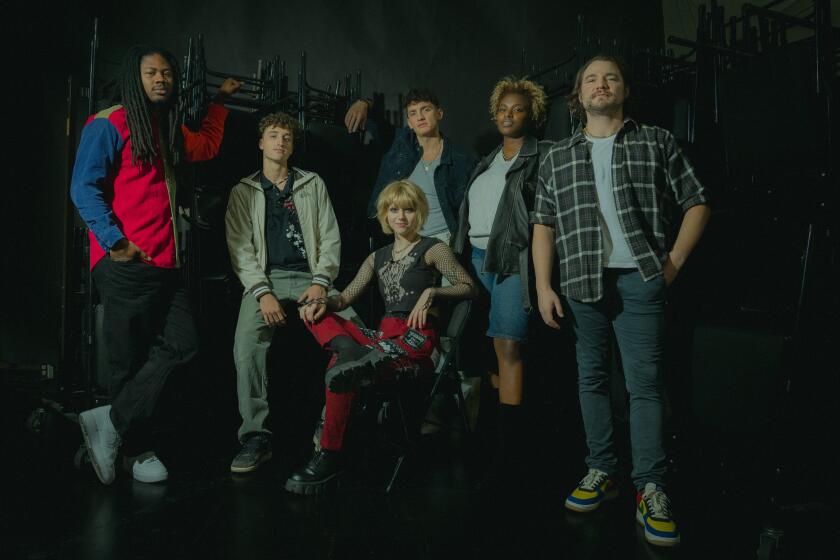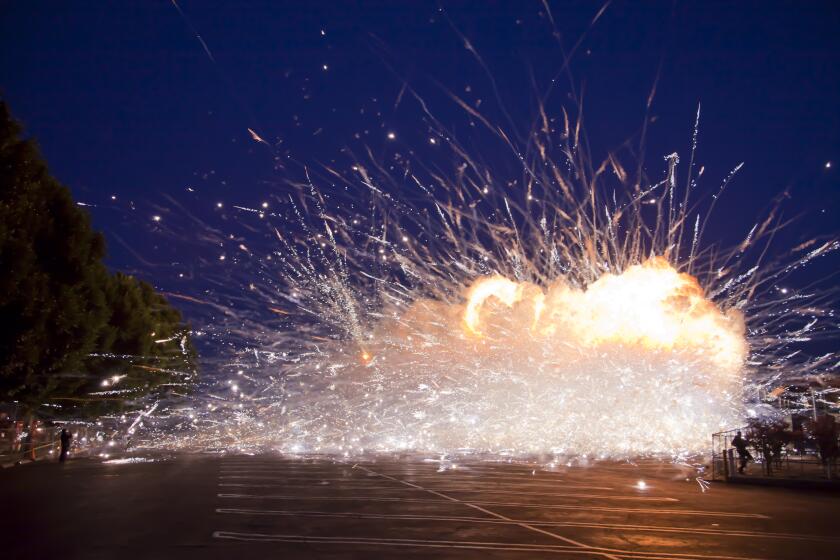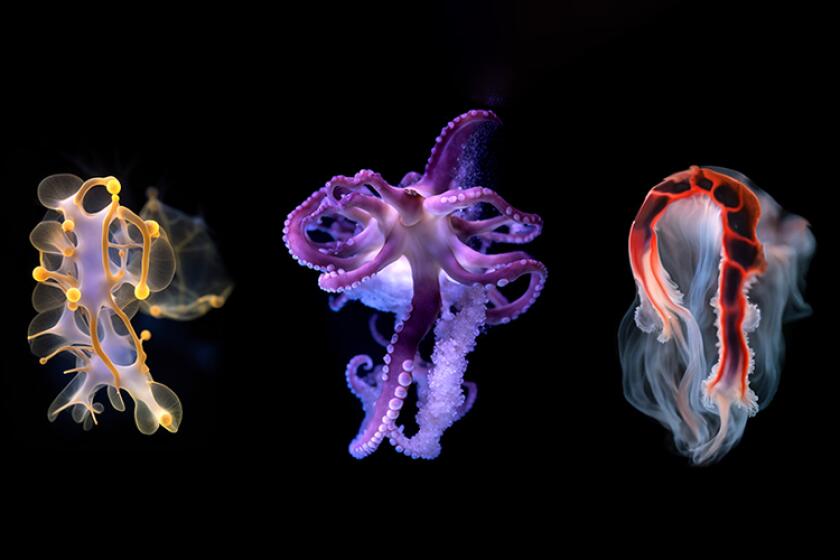A Display of Trust at Royal Ontario Museum
Giant stone camels, their expressions more smug than mean, hunkered to the right and left, guarding the mighty Ming tomb.
Statues of robed attendants stood nearby.
Beyond a tile-roofed archway was the 17th-Century burial chamber itself--a sealed octagonal structure with a mushroom-like cap. It was bathed in light from an enormous window through which I peeked.
Below, on Bloor Street, flashed the red neon sign of the Lucky Sun Chinese restaurant and its neighbor, Pizza Hut.
This tomb--the only Chinese tomb in the Western world--is at the Royal Ontario Museum in Toronto. It is a dramatic part of perhaps the finest collection of Chinese artifacts outside of China.
The ROM, as the institution is called by Torontonians, is a different sort of museum--eclectic, exciting, orderly, friendly.
The ROM is the recently renovated home of 6 million objects of art, natural science and archeology. It spreads through four buildings, yet each display is captioned with flair. Once part of the University of Toronto, the ROM is research-oriented and well-organized. It is nobody’s attic.
I spent much of my time with the Chinese collection, which spans nearly 4,000 years.
The treasures came to Canada before such pieces were really appreciated in the West. There are rooms of rare porcelains, emperors’ robes, jade, ivory, lacquerware the color of cinnabar, celadon stoneware, malachite toggles, snuff bottles and gem-encrusted scepters called ruyi --a traditional gift from the dynastic days that carries the message: “May you have your wish.”
Several of my favorite items were practical in nature: an ivory picnic hamper about 10 inches tall, with a carved ivory rope on top; a delicately painted Ming porcelain wine jar; ceramic pillows, a bulb bowl of jade.
On that midweek morning, the ROM was neither crowded nor noisy. In one darkish cul-de-sac, I found myself alone with life-sized sculptures of temple deities--both Buddhist and Taoist--that stood amid lavish 12th-Century frescoes. Yet it was the human side of the ROM that struck me first.
There was no hand-bag search upon entering the main building on Queen’s Park. There was no electronic security gate. The ticket seller smiled, as did the coat-check lady. Guards were not obvious. Yes, cameras were fine.
In stairwells beyond the foyer, there are towering totem poles from the province of British Columbia. The tallest--a pole of a mountain chief of the Eagle clan--stretches more than 80 feet high and almost brushes a skylight.
I had planned to skip the dinosaur room, having recently admired the giants at the Smithsonian and at the New Mexico Museum of Natural History in Albuquerque. Fortunately, I was caught up in the wake of an enthusiastic guide and suddenly enveloped in a wild, prehistoric landscape--a paleontologist’s view of the world during the time of the dinosaurs.
Many of the skeletons are from Canada: Albertosaurus and the duck-billed Edmontosaurus were found in the Alberta Badlands to the south and east of Edmonton. Hundreds of complete skeletons and odd bones have been discovered in that lode.
My last stop was where most visitors begin: the museum’s introductory exhibit, called “Mankind Discovering.” This is a sampling from the vast collection. It features insider tips on how archeologists and curators work.
Questions are asked and answered: How can you tell if this urn is real or fake? How long do stars live? Why study this coat in detail?
The coat in question was a glittering Imperial robe of Chinese silk embroidery. The answer card said:
“Clothing is among the most consistent forms of cultural expression. Through its clothing a society creates images that communicate group identity, and reflect the evolution and development of culture itself.”
I looked at my reflection in the glass case, and then at the others in the room. We were motley in Reeboks and Keds, jeans and khakis, sweaters and T-shirts and Windbreakers.
It was late-20th-Century group identity, all right, but I am not sure what it said about the evolution of culture.
More to Read
Sign up for Essential California
The most important California stories and recommendations in your inbox every morning.
You may occasionally receive promotional content from the Los Angeles Times.






